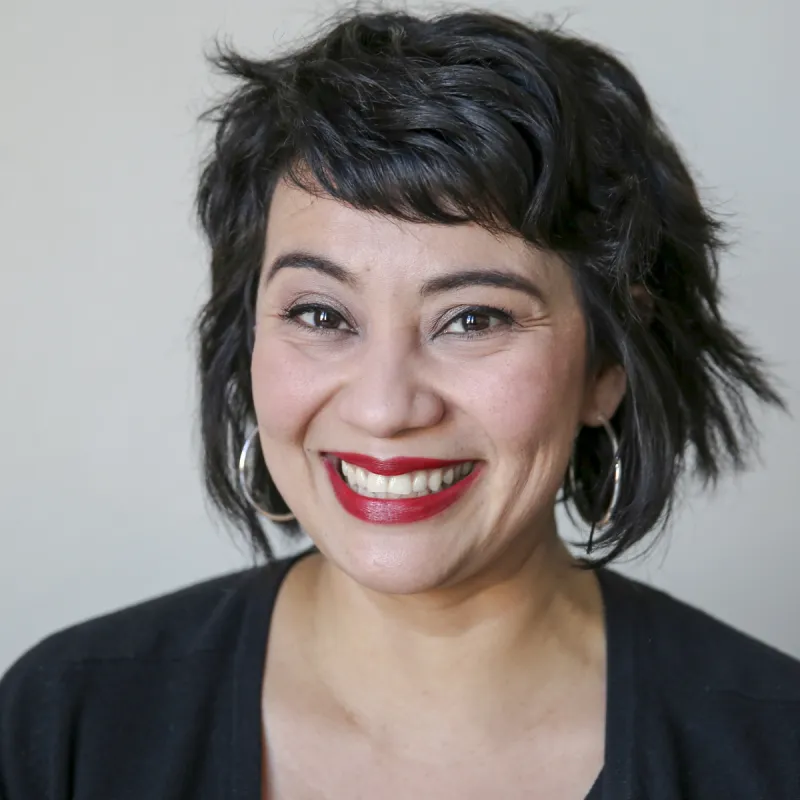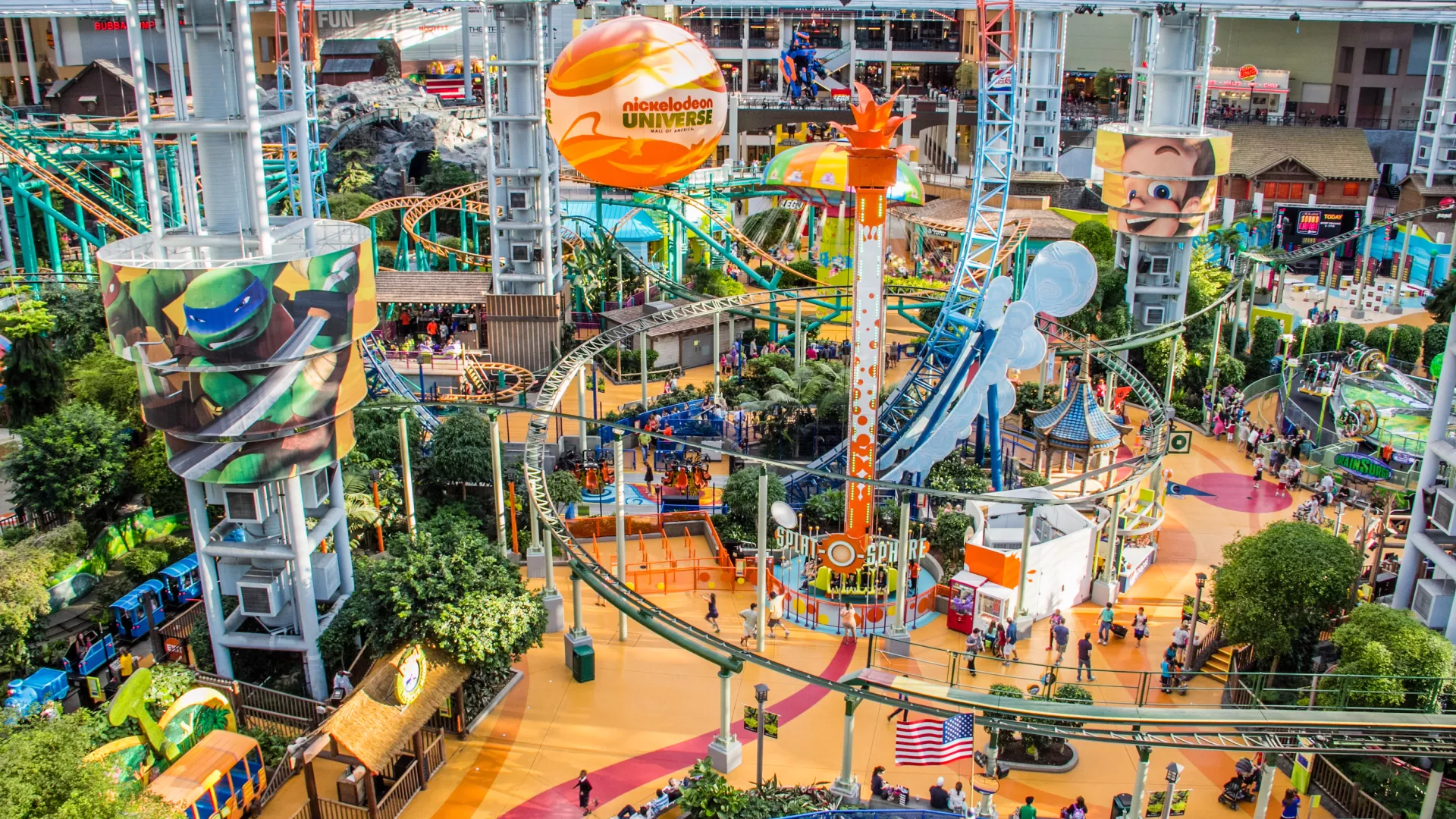
- Home
- Accessible Travel
Minnesota Attractions That Cater to Kids With Autism
One of the first lessons you learn as a parent of a child with Autistic Spectrum Disorder (ASD) is that nothing is impossible for a kid on the spectrum. You just might have to go about things a little bit differently.
Here are some of my favorite sensory-friendly places in Minnesota to take my son that don't overwhelm his senses.
“It’s too scary, Mom.”
That is how my son Nico explains his reluctance to go to the zoo, the museum or for a walk. Nico is 4. He’s sweet, funny, curious, smart, silly—and he is autistic.
Any parent of a child who has ASD will tell you that, like anything, there are positives and negatives of life on the spectrum. Nico’s reading skills are already advanced and he can tell you exactly where the dwarf planet Ceres lies in the solar system. But his anxiety around large crowds, reluctance to try new things and tendency to bolt can make new experiences quite a challenge.
Of course he needs to get out. He needs to go to museums to feed his innate curiosity. He needs to be challenged in social situations so he can learn coping strategies. And he needs to appreciate the beauty and importance of the natural world around him.
But how to do that without overwhelming his senses? Without the kind of epic public meltdown that all parents dread? In his 4 years, Nico has taught us a lot. And one of the biggest lessons is that nothing is impossible for a kid on the spectrum. You just might have to go about things a little bit differently.

The Right Place, The Right Time
Thankfully for us ASD parents, organizations and institutions are realizing the importance of providing sensory-friendly options and resources for people on the spectrum. That can include anything from opening locations early, to providing “quiet rooms” and reducing extraneous stimuli.
As one of Minnesota's largest, busiest and most stimulating places, you might be surprised that Mall of America and Nickelodeon Universe are Minnesota's only official Certified Autism Centers. That means at least 80% of public-facing staff have received autism sensitivity training, plus they've created a sensory guide for the rides and attractions at Nickelodeon Universe. For the best experience, plan your trip for the pre-lunch hours before the crowds get too big and loud.
There is also the sensory-friendly story time at the award-winning Wild Rumpus Bookstore in Minneapolis, Sensory Sundays at the Walker Art Center, and early entry and sensory-friendly visitor information at Como Zoo in St. Paul. AMC offers sensory-friendly movie showings, and Simply Jane/Artable offers art programming for people of all ages and abilities in a space adapted to their needs.
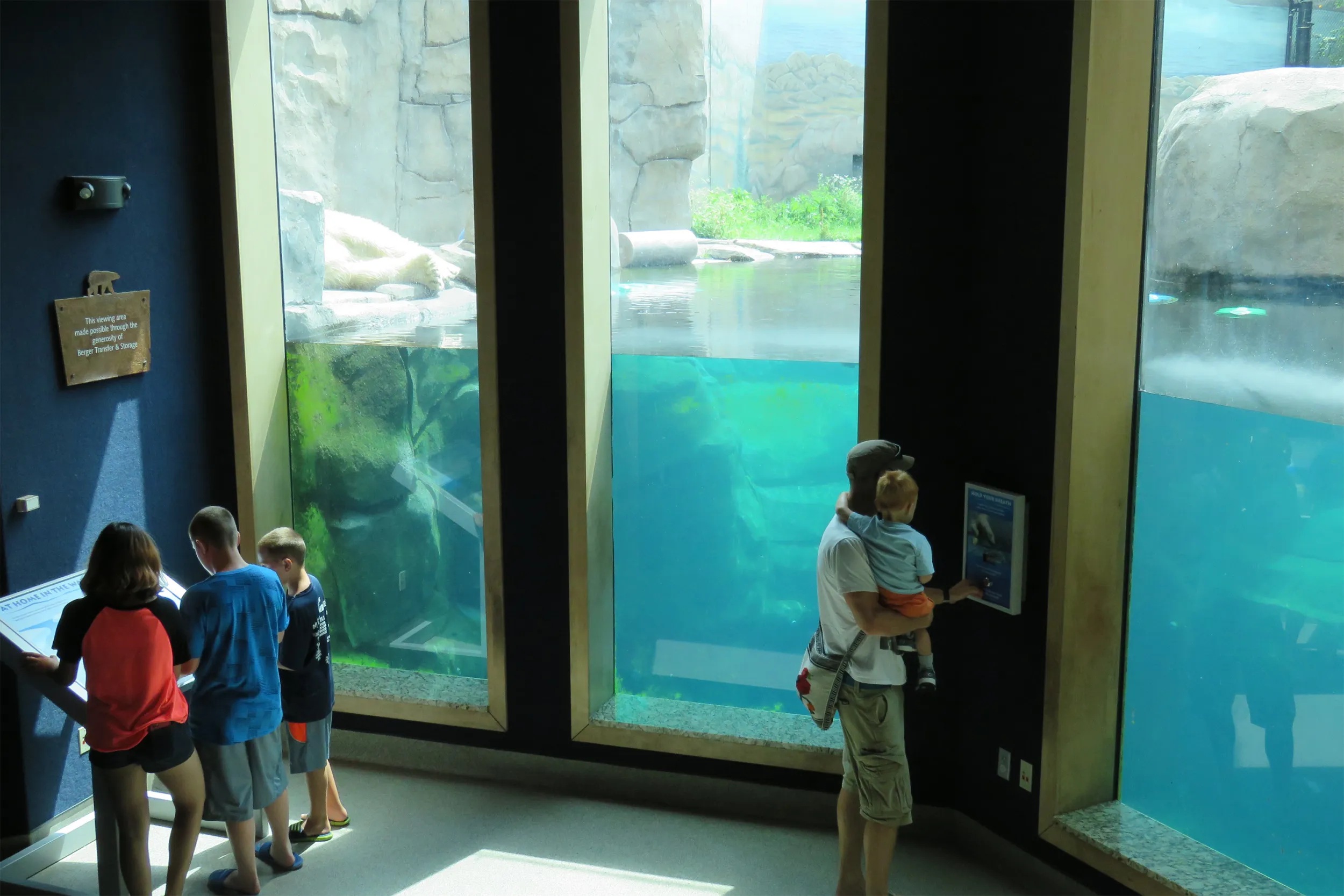
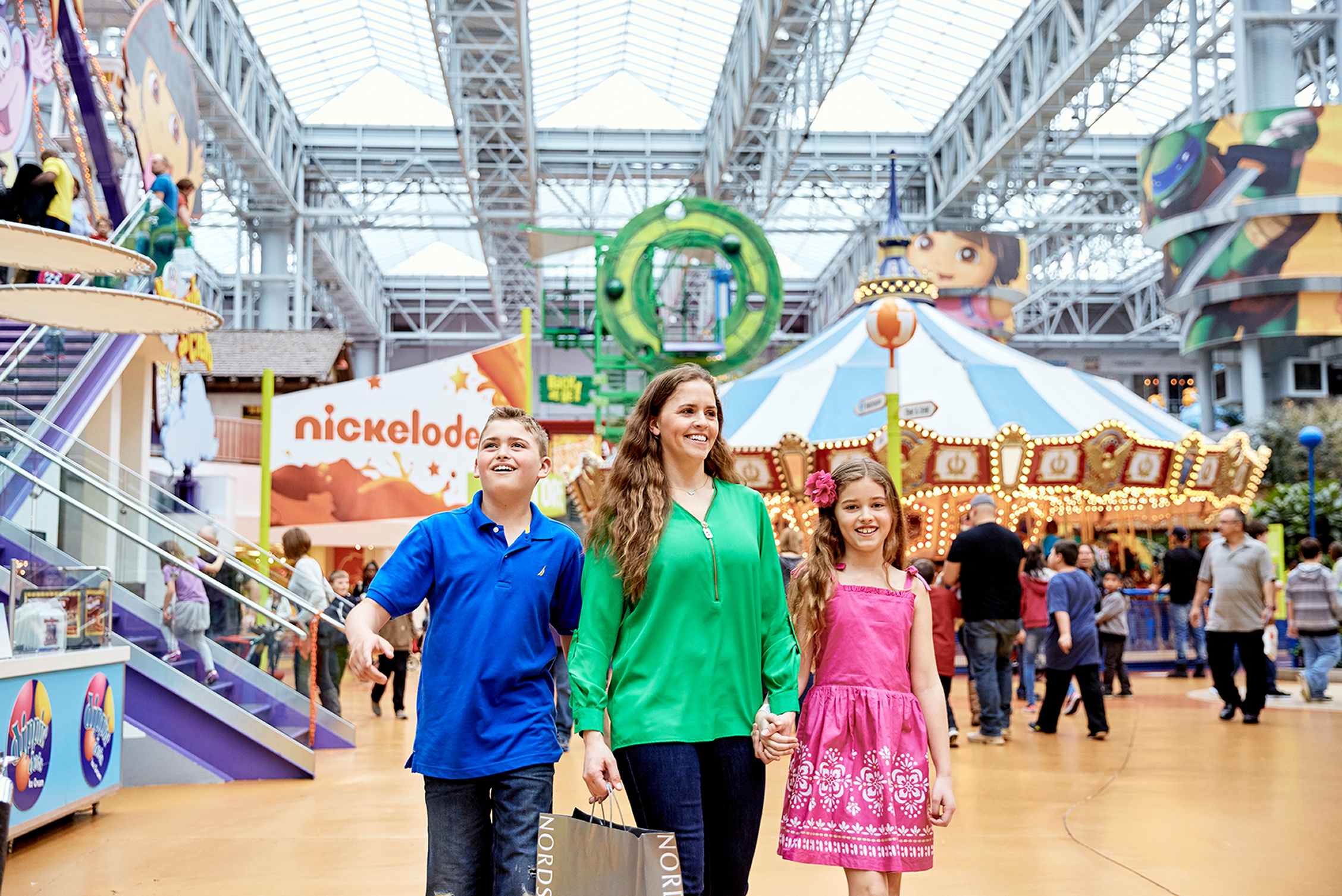
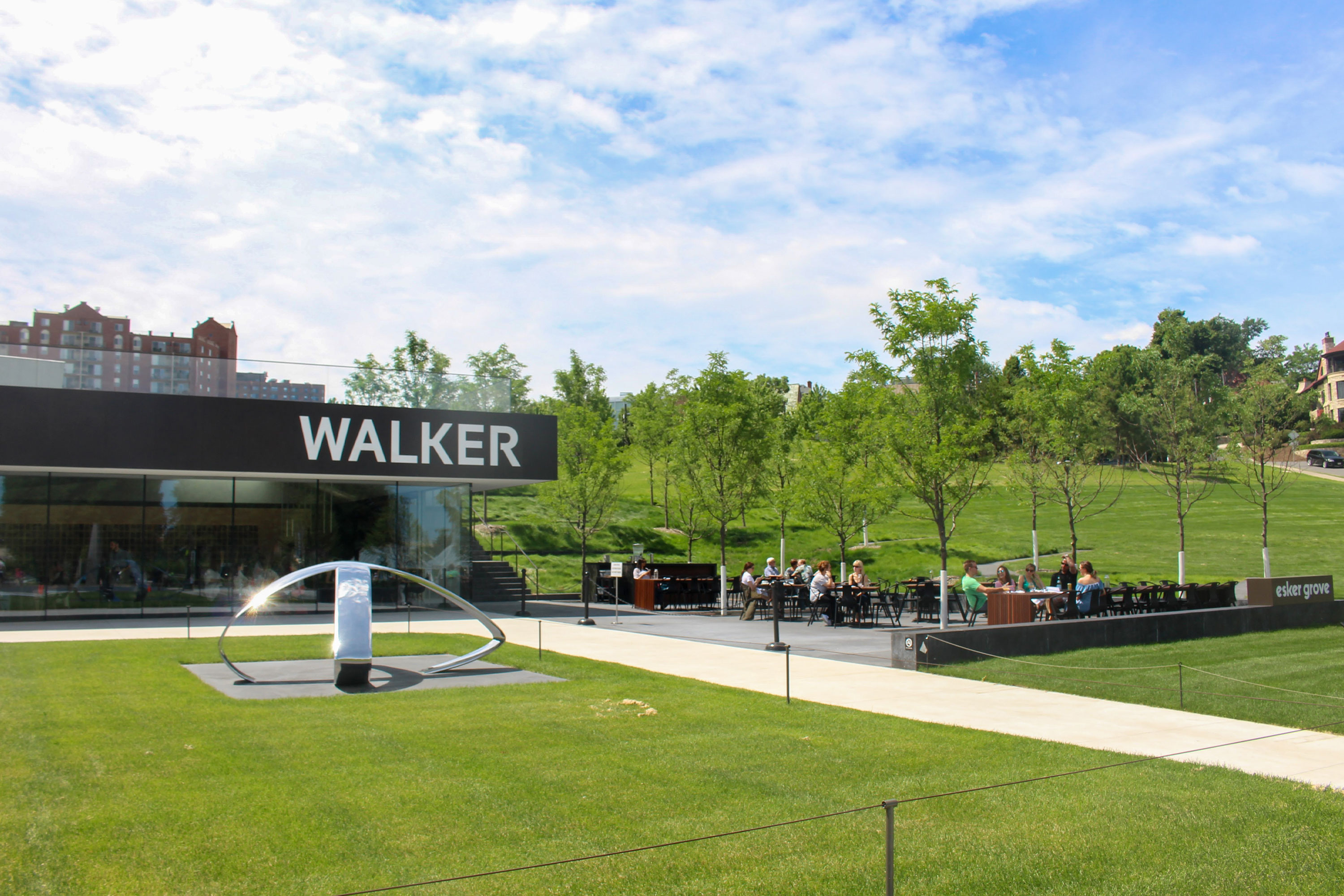
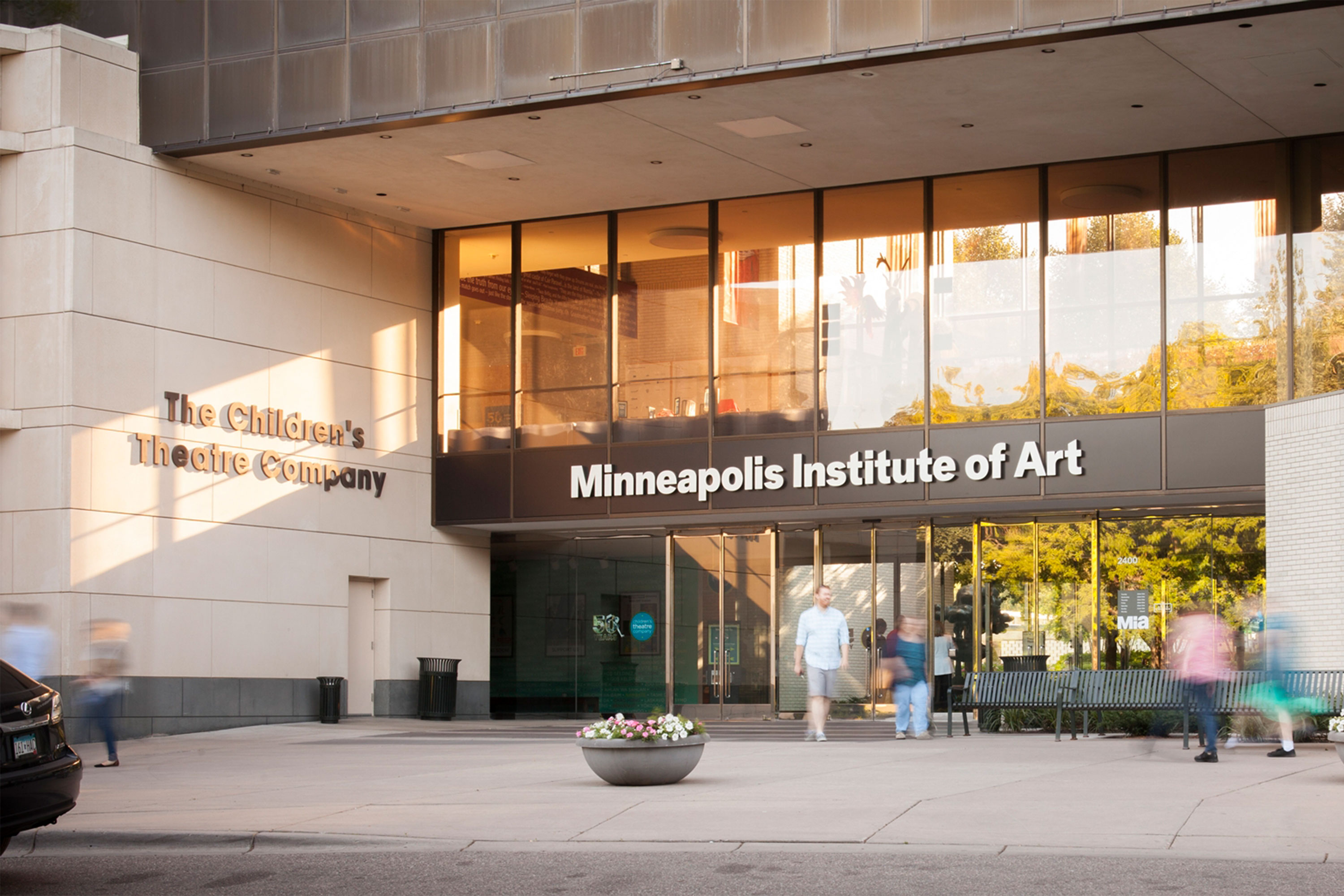
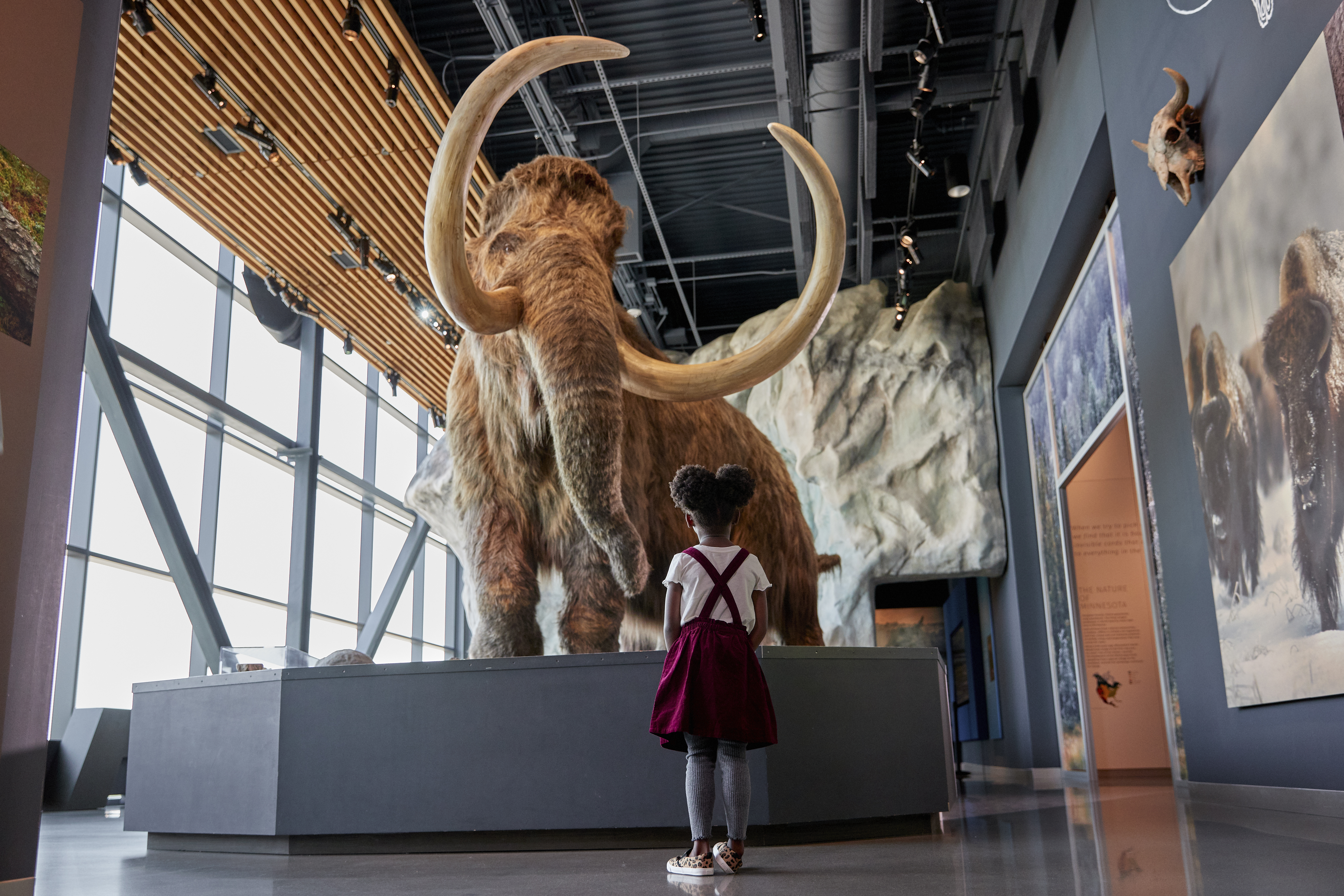
The recently renovated Bell Museum of Natural History in St. Paul offers one Sensory-Friendly Saturday per month. This programming existed in the old space, and the Bell’s Adrienne Wiseman said they are excited to continue it. “Parents said that they typically didn’t go to museums because of the social stigma,” she says. “They appreciate the laid back, judge-free atmosphere of Sensory Friendly Saturdays.”
Another highly customized activity is the sensory-friendly performances at the Children’s Theatre Co. (CTC) in Minneapolis. “We tailor the experience—getting to the theater, being inside the theater and the performance,” says CTC’s Melissa Ferlaak, noting the overwhelmingly positive feedback they’re received from ASD families. She shares a letter from one of their patrons: “My family gets to spend time together where I know my son is having a great time enjoying the play. He interacts, claps along and, at times, gets up and does a few dance moves with the performers.”
And there are plenty more; the Autism Society of Minnesota (AUSM) has an extensive resource list of recreation and leisure activities on its website, from community events to sensory-friendly locations.
Geocaching: An ASD-Friendly Search for Treasure
During the summer in Minnesota, you want to get your kids outside. But Nico, like almost half of all kids on the spectrum, exhibits "wandering behavior," also called "elopement." He will wander off, run away and not stop when you tell him to. It made walks—even just in our neighborhood—very difficult.
That is, until we discovered geocaching. Geocaching uses your cell phone (or any device with a GPS) to find hidden containers, or “caches,” at specific locations. The caches contain little “treasures,” like a rubber bracelet or small toy.
Geocaching was not designed for people on the autism spectrum, but it could have been. It combines a lot of the things that many ASD kids love: technology, a clearly defined goal and a reward at the end. It is every occupational therapist’s dream, and for our family it has been a complete game changer.
There are thousands of geocaches all over Minnesota, from down the block to state parks. Amy Barrett from the Minnesota Department of Natural Resources says that while they do not have specific data on autism and geocaching, it has proved to be “a very popular activity for families to do together” and points to several ways the DNR makes geocaching in Minnesota state parks more accessible. That includes a program that allows visitors to borrow GPS kits free of charge and special programming like Aquatic Quest.
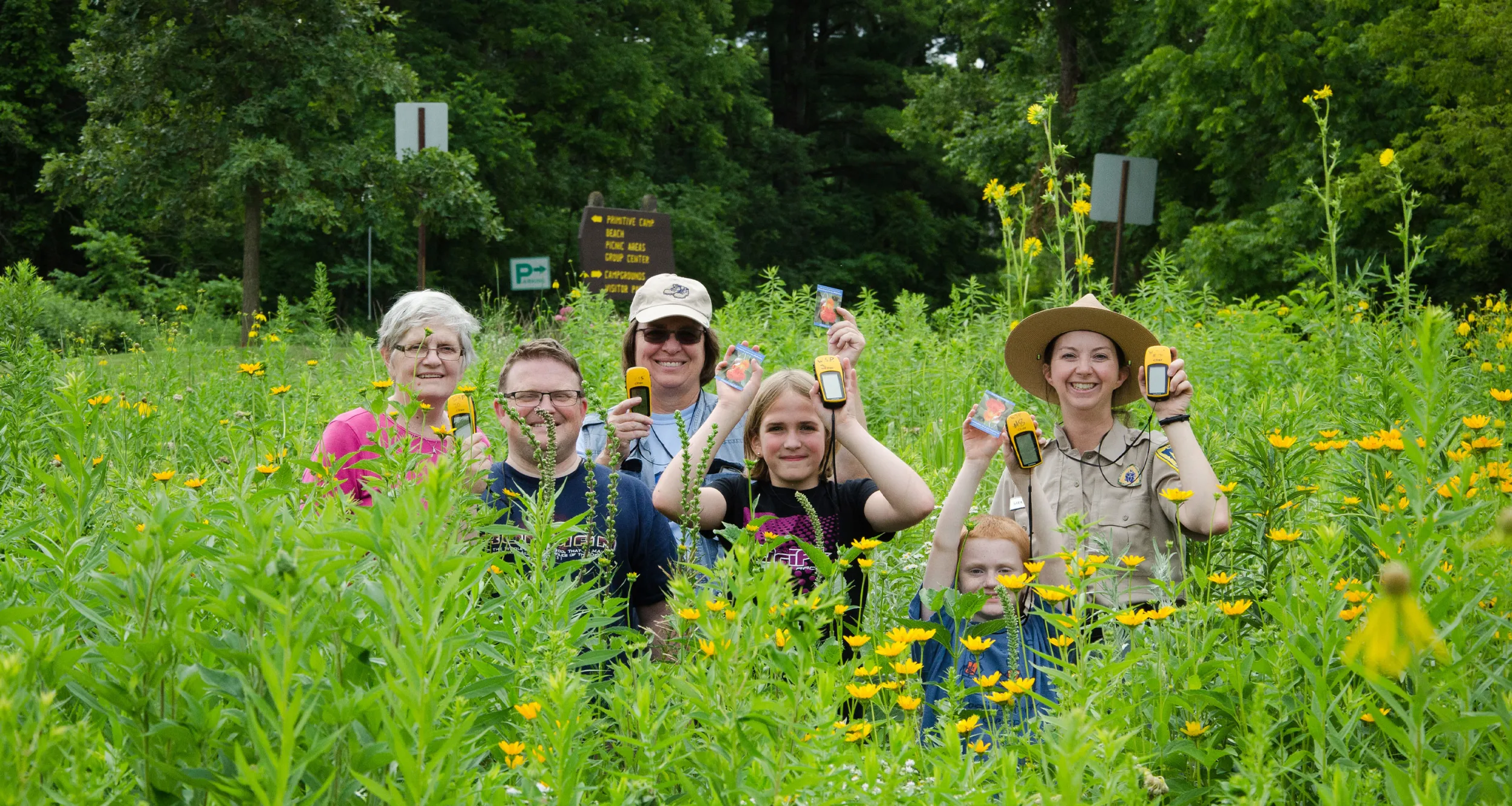
'Social Stories' Lead to Social Success
For our family, every visit to a new place requires a social story: a narrative in the form of a video, an app, or simply written down that explains where we’re going, what it’s like, and the types of activities allowed. They are a powerful tool and are becoming more readily available all the time. AUSM has a list of social narratives for everything from going to the airport to visiting Santa.
The Works Museum in Bloomington, Minneapolis Institute of Arts and Minnesota Historical Society are a few of the Minnesota organizations that offer social stories for parents to download or watch with their children. And the Minnesota Zoo offers a free app, MNZoo4All, that explains the zoo experience with communication tools, sensory-friendly maps and tips to plan your visit.
“Much of the anxiety of the experience is in going to a new space, with a new experience, without any preparation,” says Ferlaak. “Social stories ... support the need of people on the autism spectrum to prepare for a new environment by describing the social setting, expectations and positive ways to respond.”
For destinations without their own bespoke social stories, you can always write your own. And although there are apps to create them, I prefer to make mine out of small photo albums, pictures and handwritten stories. It only takes a few minutes, but it has made a world of difference for Nico and our whole family. So much so that there is a lot less “it’s too scary” lately and a lot more “Mom, I want to go find treasure!”
